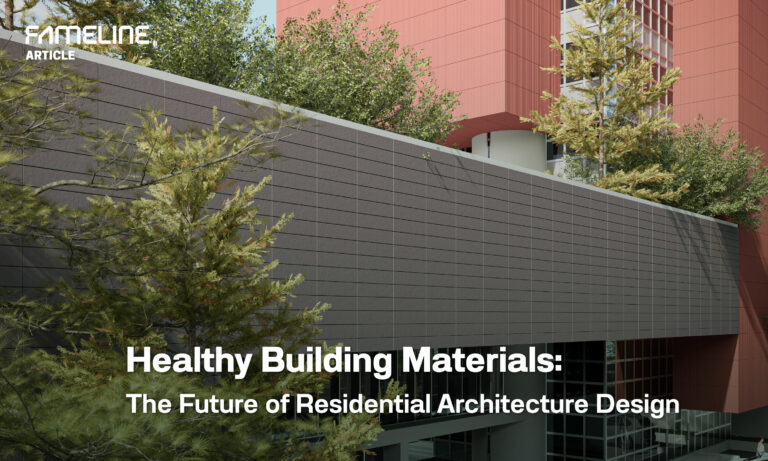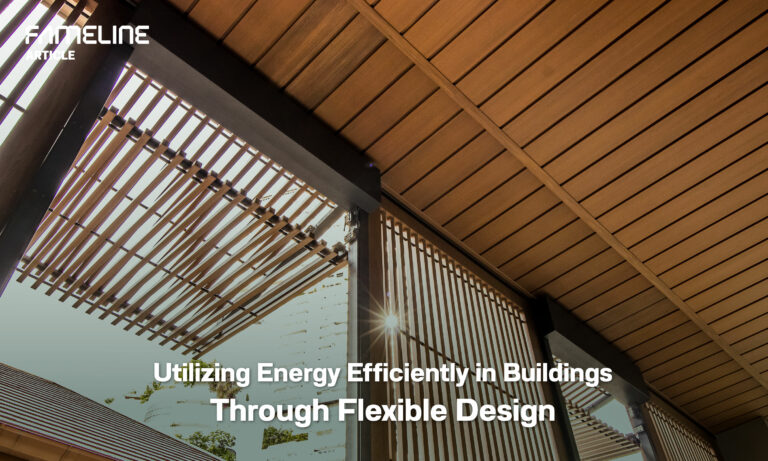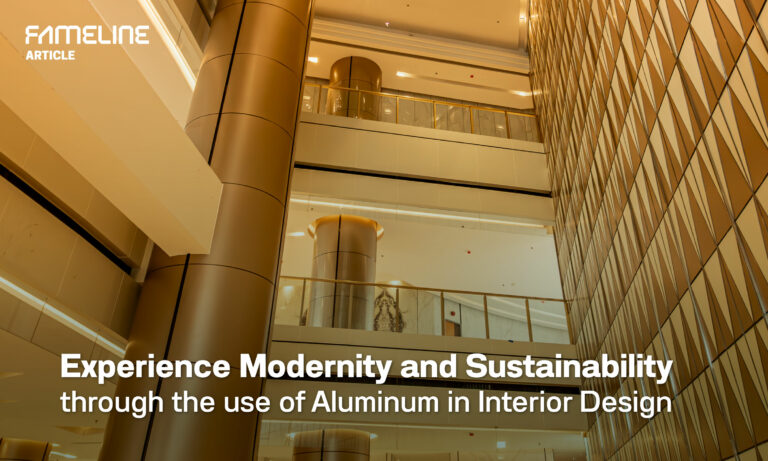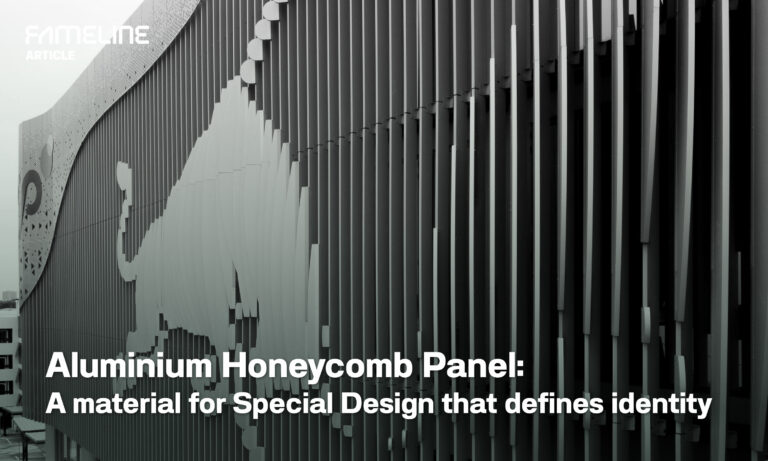
4 Ideas for Exterior Building Decoration with Aluminium Composite Panels that you shouldn’t miss!
Modern Architectural Design Concepts with Building Façade Innovation. The trend in modern architectural design for 2024 is increasingly focused on the diversity and capability of building façades (Building Façade), which not only enhance the aesthetic appeal and value of the environment but also play a crucial role in promoting energy efficiency through ventilation systems and excellent thermal insulation, thanks to the properties of the building’s cladding materials. A popular material in contemporary architecture is the Aluminium Composite Panel (ACP).
ACP is a sandwich-style assembly of aluminum sheets with a core of enhancing materials such as Polyethylene (for flexibility) and Fire Retardant (for fire resistance according to building safety standards). The panels are bonded under high pressure and temperature, resulting in a durable, weather-resistant product that is lightweight and serves as an effective insulator. ACPs offer design versatility through a variety of colors, textures, and installation methods, bringing vitality to exterior building décor, both in new constructions and renovations.
Storytelling in architecture through Aluminium Composite Panel decoration allows for a wide range of applications, from simple and modern to wood or stone patterns that blend with nature. Installation options range from large panels to smaller ones combined in a three-dimensional effect, sparking creativity and experimental designs that transcend traditional façade limitations. This gives rise to a new, more liberating language in architectural design.

Designing Simple and Safe Forms
The use of Aluminium Composite Panel (ACP) in exterior building decoration offers a distinct approach, particularly suitable for covering large building areas (besides glass surfaces). The primary aim is to reduce the structural load while maintaining strength and resistance to wind and pressure. ACP also reduces high maintenance costs and ensures a consistently modern aesthetic. Materials once used for signage or vehicle wrapping have become primary in contemporary building façade design.
This applies to exterior building surfaces in office buildings, conference centers, railway station canopies, shopping malls, or airport terminals. The orderly installation creates a simple, reliable look. The glossy metallic surface elevates the building’s prominence, ensuring a cohesive appearance. Safety for users is also a paramount consideration.
ACP from the FAMELINE brand integrates fire resistance features with a fire retardant (FR) core, a special component for reducing material flammability and slowing flame spread. It meets the Non-combustible standard of Class A2 under the EN 13501-1 test, with over 90% non-combustible mineral content. This enhances the safety of building structures, making it suitable for high-rise buildings and public facilities with strict fire safety regulations.
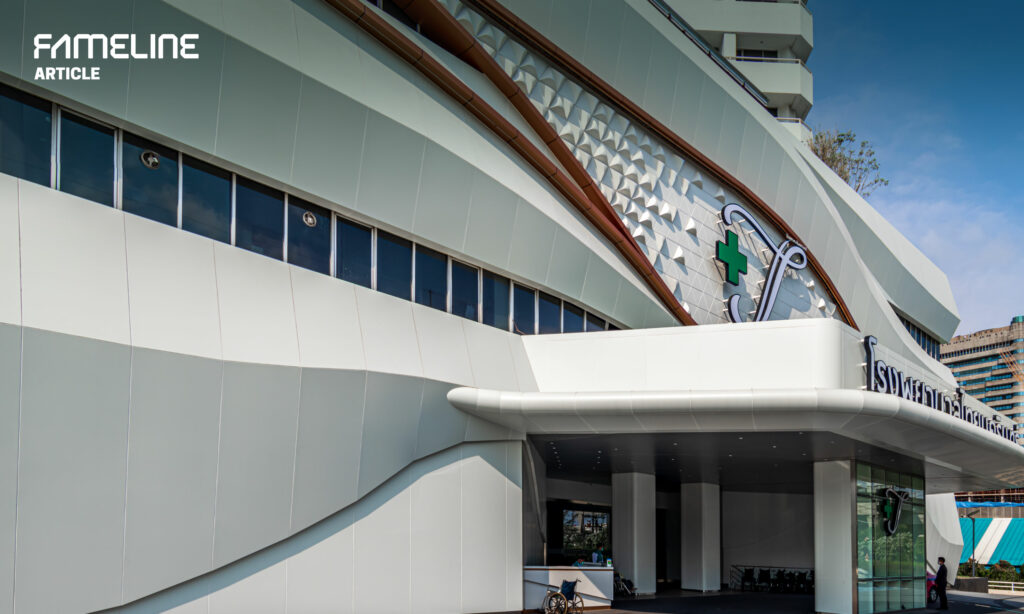
Designing with Vibrant and Long-lasting Colors
In addition to sustainability, efficient energy use, and a focus on well-being, the 2024 architectural design trend emphasizes ‘color’ as a vital element to enrich daily life. Research indicates that environmental colors influence emotional responses by 60-70%. Designers utilize colors to craft unique atmospheres for both exterior and interior spaces. Warm tones can evoke feelings of energy and vibrancy, while cool tones promote calmness and relaxation. Colors are also used to define and differentiate spaces, assist in navigation, distinguish information signage, and express cultural relationships, aiming to create familiarity and connection within architectural spaces.
ACP materials from FAMELINE offer a wide range of color groups, catering to the varied needs of designers with up to six color categories: Solid Colors, Metallic Colors, Metal Sense Colors, Anodized Look, Iridium Colors and Timber Colors. Beyond standard colors, custom blends from these primary groups can be created to match specific design concepts.
All these color options use the PVDF coating system, recognized as one of the best and certified by the American Architectural Manufacturers Association (AAMA). This ensures the coated surfaces are long-lasting, with a color quality guarantee of 10 – 20 years (depending on the shade). This choice offers great value and confidence to both designers and project owners in selecting a durable and visually striking material for their projects.
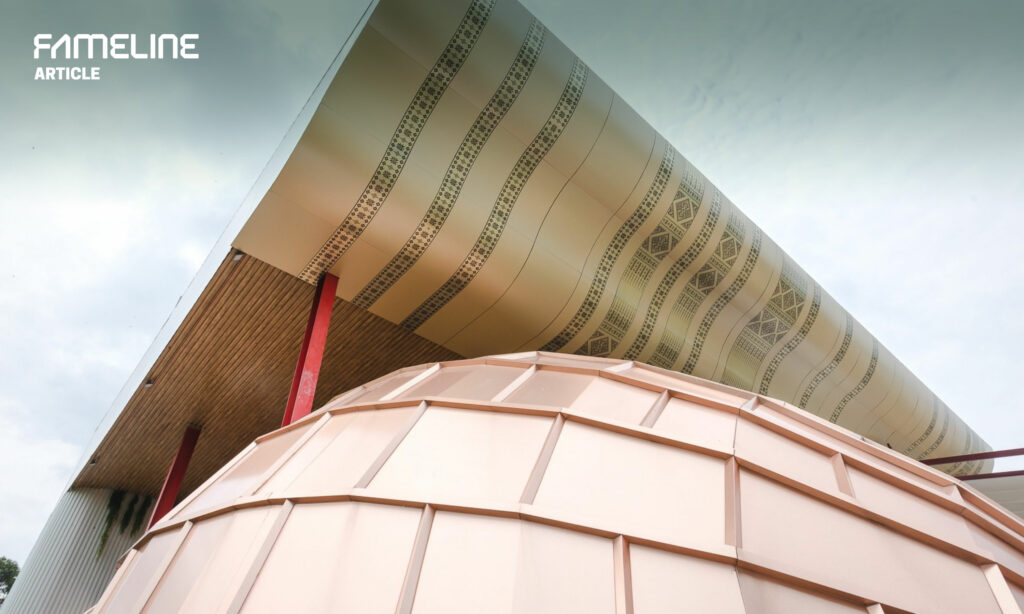
Designing with Adaptable and Mixed Shapes
In addition to standard installations, Aluminium Composite Panel (ACP) materials offer the flexibility to modify shapes and designs as needed. This includes cutting or bending the panels to add dimensions to the design and fit the building’s proportions. Curved bending accommodates various building shapes, or the creation of geometric designs like rectangles, squares, and particularly triangles, which are popular for their eye-catching appearance. These can be twisted into complex, free-form shapes or connected to form large spherical structures. ACP can also be combined with other materials like glass to enhance natural lighting within the building.
Beyond exterior decoration, ACP is also suitable for interior applications. Its lightweight nature facilitates easy installation. It also provides excellent thermal insulation, is non-combustible, and enhances indoor sound quality. ACP can be used for interior partitions, wall dividers, entrance arches, wrapping both round and square columns, as a decorative ceiling material, or for exterior renovations. This allows for quick installation, precise labor and time estimation, enhancing efficiency and aesthetic appeal in both exterior and interior architectural designs.
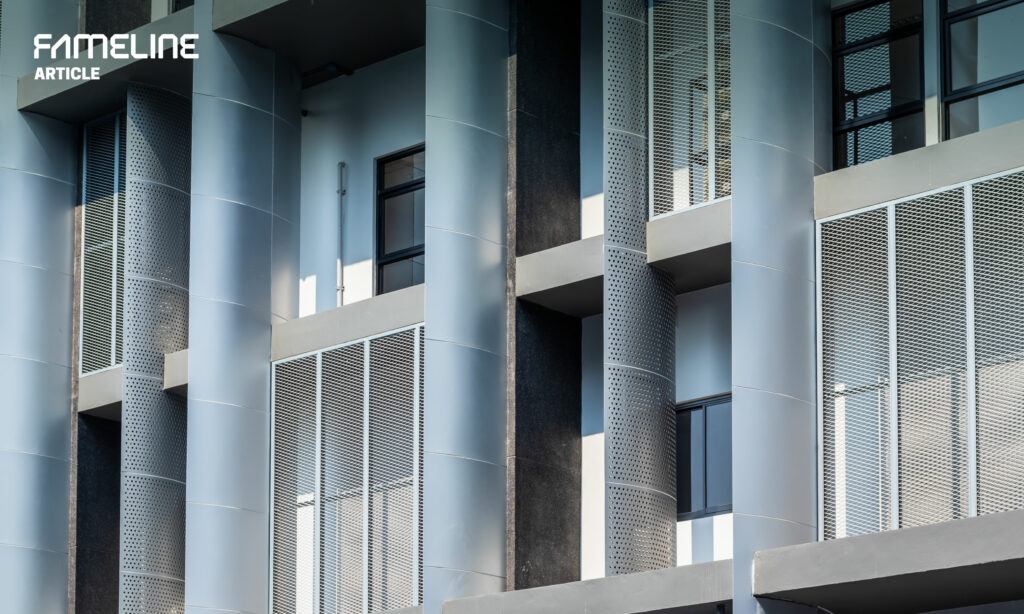
Designing with Light and Shadow through Perforated Sheets
The flexibility of Aluminium Composite Panel (ACP) materials extends to their ability to be perforated, creating custom patterns and designs. Designers can choose from standard patterns or imagine their own, with hole sizes ranging from circles, ellipses, triangles, to squares, keeping in mind that the open area should not exceed 35% for material strength. This allows for the creation of unique patterns like images, letters, or organizational logos, offering distinctive and memorable designs. These perforations also enhance the interplay of light and shadow within buildings, providing privacy, reducing light levels, filtering outside noise, and efficiently managing energy use through improved ventilation.
Beyond the varied styles of ACP, the choice of aluminum materials for construction aligns with sustainable and environmentally friendly architectural principles. Aluminum is 100% recyclable and can be reused from offcuts from perforation or shaping processes. Recycling aluminum requires only about 5% of the energy needed to produce new aluminum from raw materials, without losing material quality. It’s also a durable material requiring minimal maintenance, reducing the cost of material changes. This innovative material embodies the future of architecture, focusing not only on aesthetics but also on promoting well-being, environmental friendliness, and efficient resource use, complemented by continuously evolving technology.
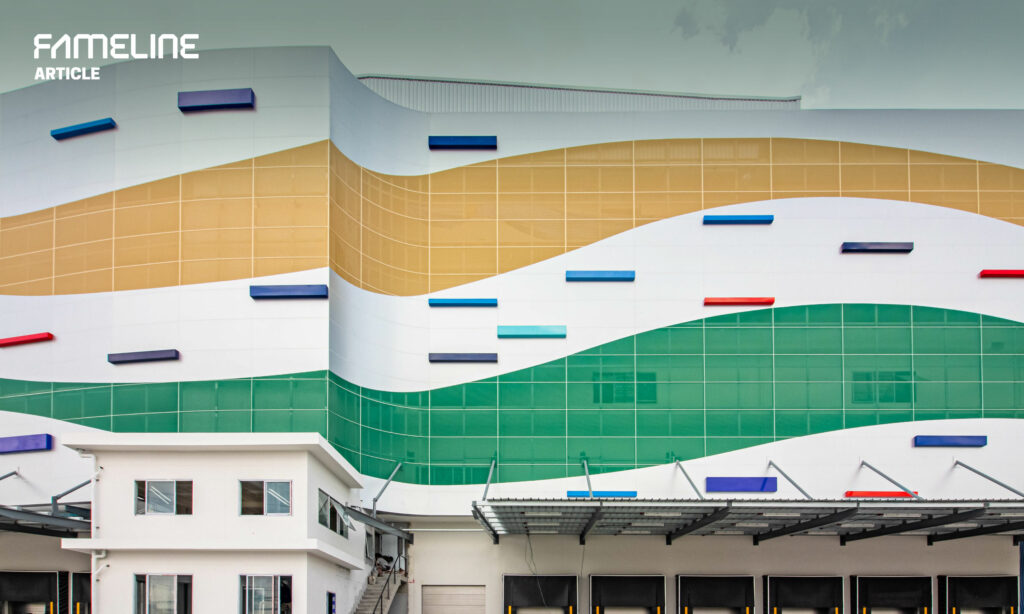

Related Articles
